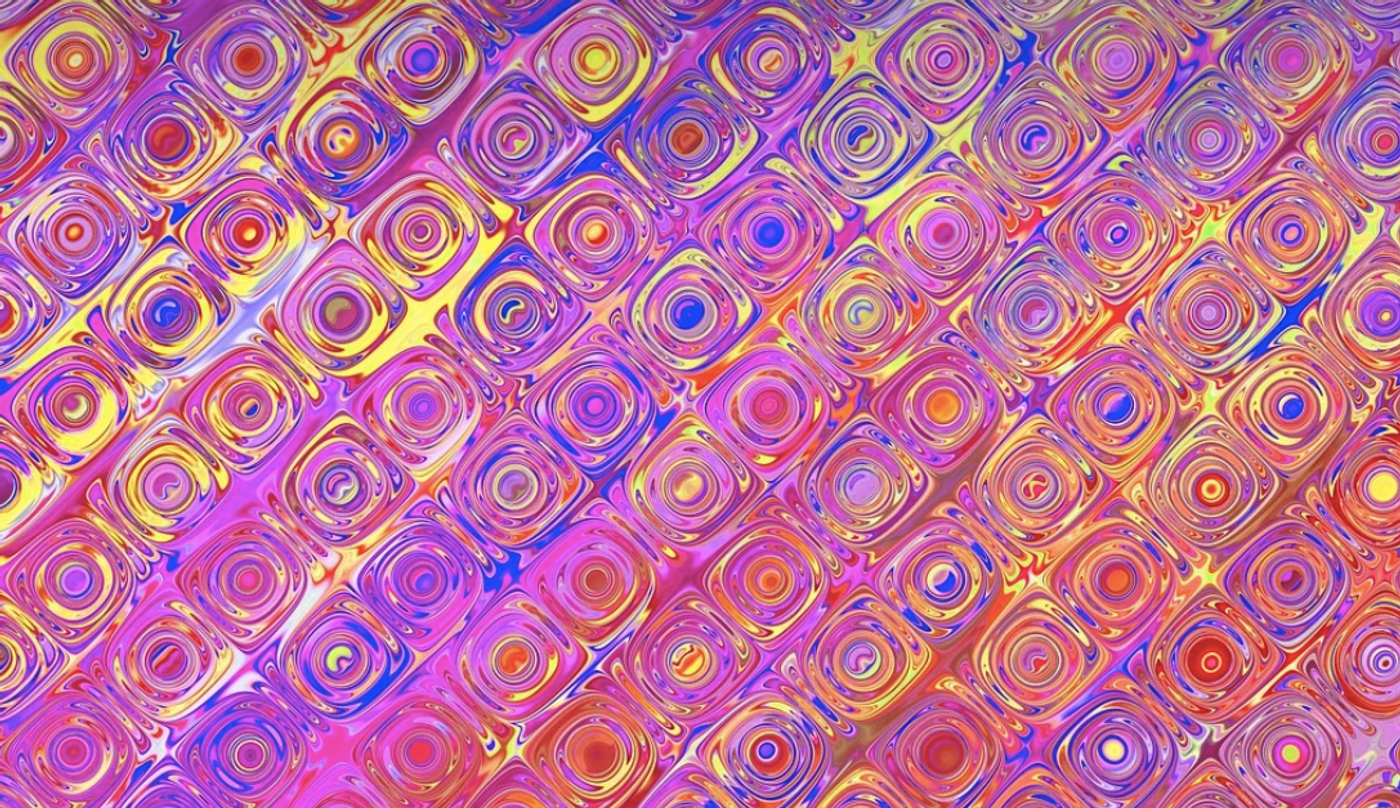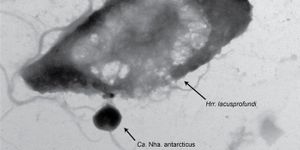A Gut Microbe is Linked to Increased Obesity Risk
There are trillions of microorganisms in the human gut, many of which serve important functions. These microbes can help us digest food, absorb nutrients, and they express microbial genes and proteins that can have an effect on the human body. Researchers are learning more about what type of microbes are usually found in the human gut, and what microorganisms may be linked to specific diseases. A new study has identified a microbe called Megamonas that is strongly associated with obesity. It may open up new obesity diagnosis and treatment options. The findings have been reported in Cell Host & Microbe.
In this study, researchers assessed the composition of the gut microbiome in 374 people of normal weight, and 631 people who had been diagnosed with obesity. The researchers used fecal samples and metagenomic techniques to identify all of the microbial species in these samples. Previous research has shown that the composition of a healthy microbiome can vary significantly from one person to another, but there are usually higher levels of certain bacteria than others, and higher levels of diversity among those microbial species in healthy people.
The scientists categorized the microbiomes from the samples they assessed based on the predominant species of bacteria in those microbiomes, which were Bacteroides, Prevotella, or Megamonas. Obesity was found to have a strong association with Megamonas bacteria. There was a significant increase in the levels of Megamonas bacteria in the guts of obese individuals compared to those of normal weight; people with microbiomes that were dominated by Megamonas microbes were more likely to be obese and have a higher BMI.
The investigators then assessed the microbiomes and levels of Megamonas in another cohort of 814 people. This work indicated that imbalances in the gut microbiome had a major impact on obesity risk in people who were not genetically predisposed to obesity. The study authors hypothesized that Megamonas, therefore, can have an additive effect. When combined with human genetic factors, the presence of Megamonas could significantly increase the likelihood of obesity.
Additional work in animal models confirmed these findings. When a mouse model was engineered to carry Megamonas rupellensis bacteria in the gut, more fat accumulated and weight increased in mice that were fed a high-fat diet compared to mice without Megamonas. The microbe was shown to inhibit the transport of fatty acids, and to break down myo-inositol. The absorption of fats in the intestine increased in these animals, and obesity was far more likely to develop.
The study authors noted that because this research has identified a potential mechanism linking Megamonas to obesity development, it offers a chance to prevent it as well.
Sources: BGI Shenzhen, Cell Host & Microbe


![[Guide] 7 Strategies to Boost Laboratory Collaboration](https://d3bkbkx82g74b8.cloudfront.net/eyJidWNrZXQiOiJsYWJyb290cy1pbWFnZXMiLCJrZXkiOiJjb250ZW50X2FydGljbGVfcHJvZmlsZV9pbWFnZV83YzBjZWIwM2Y5YzI4MmFlYzBhZDZhMTcyNTQ1ZGU3YmE4Y2MzMDYyXzUxNDkuanBnIiwiZWRpdHMiOnsidG9Gb3JtYXQiOiJqcGciLCJyZXNpemUiOnsid2lkdGgiOjcwMCwiaGVpZ2h0IjozNTAsImZpdCI6ImNvdmVyIiwicG9zaXRpb24iOiJjZW50ZXIiLCJiYWNrZ3JvdW5kIjoiI2ZmZiJ9LCJmbGF0dGVuIjp7ImJhY2tncm91bmQiOiIjZmZmIn19fQ==)






